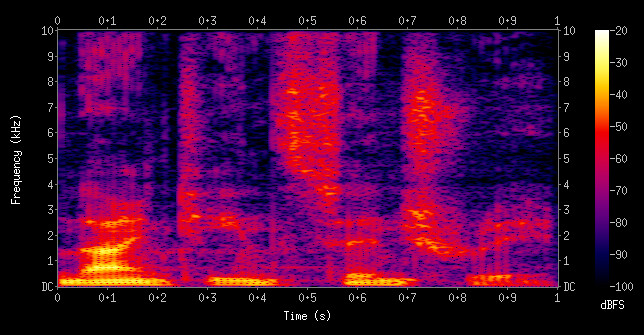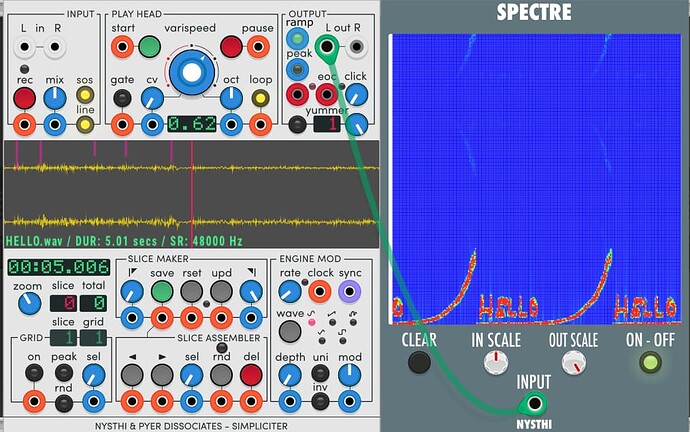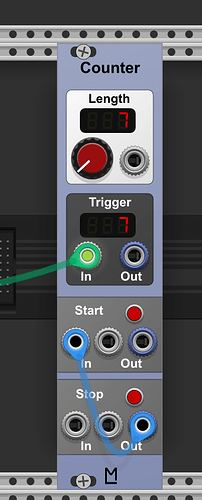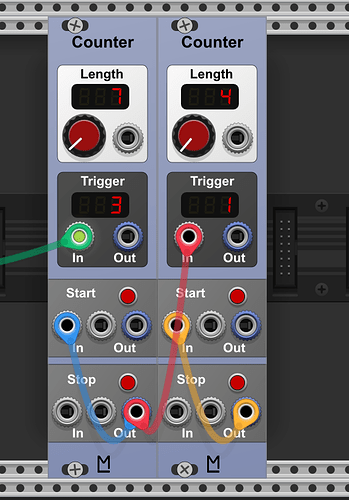Hi! I decided to start this thread, cause the only similar topic was “Module ideas” and it is closed.
I have some ideas that i wanted to share, but now that i write it, i have a better idea: why not make it for the community, not just for my ideas. So let’s share our ideas for any interested developers that might or might not see this thread!
We need rules, but it’s all simple:
1) your idea should be possible (or at least you think that it is possible). For example, a reversed delay that would predict the next sound and play it before this sound appears is most likely impossible
2) no hardware clones, please, cause we already have a thread dedicated to that
3) any developer could take an idea if it is interesting to them (even if it was already taken) and modify it as they want
Now I’ll start! I have some weird ideas:
A sequencer with layers, clocked by EOC of a sequence. So it is like a clockwork mechanism. There could be 2-4 layers or levels, each one has a set of knobs and the sequencer outputs a sum of different stages. For example, the first level sequence is 1234 and the second is ABCD, so 2 layers would give us A(1234) B(1234) C(1234) D(1234), It is a simple idea and i am not sure why I can’t find anything like that in one module. I have a name for this one: the celestial spheres. A bit cheesy, but i think it’s fine
Euclidean quantizer. Well, you can imagine what it does…
A “deconsecutiver”. Redirects a second gate or trigger of any two consecutive signals. If there was only one gate in two beats, it resets and is ready to pass through a gate. The reason why people would need it or at least I would need it, is that it’s annoying to have 2 or 3 or maybe even 5 consecutive gates out of Branches or Chances or any type of random gate module, so it would be better to cut it a bit. But it also would be cool to have this second gate to do something and you would lose it if you set branches to “latch” or set a counter to decimate a second gate.
A shift register that steals signals. I have a name for this idea too, I call it Judas. So it randomly selects CV signals and steals it (ie stores it instead of passing it through). A pool or “bag” is customizable, let’s say 1 to 16. So the stored signals gradually fill his “bag” until it breaks and all the signals go out in one burst (speed is customizable too)
Spectrum sampler. I don’t know why there’s no module that reads spectrum. There are lots of spectrum analysers, but no spectrum readers (except maybe Bidoo’s Emile, though it has some problems and i am not sure if it reads spectrum). We need it!
Corruption sampler. Samples a sound and corrupts it. I have a vague idea how it should work. And i am not sure if it would work at all that’s why i decided to put it at the end of the list
Well, that’s it for now. Please, share your ideas too!



